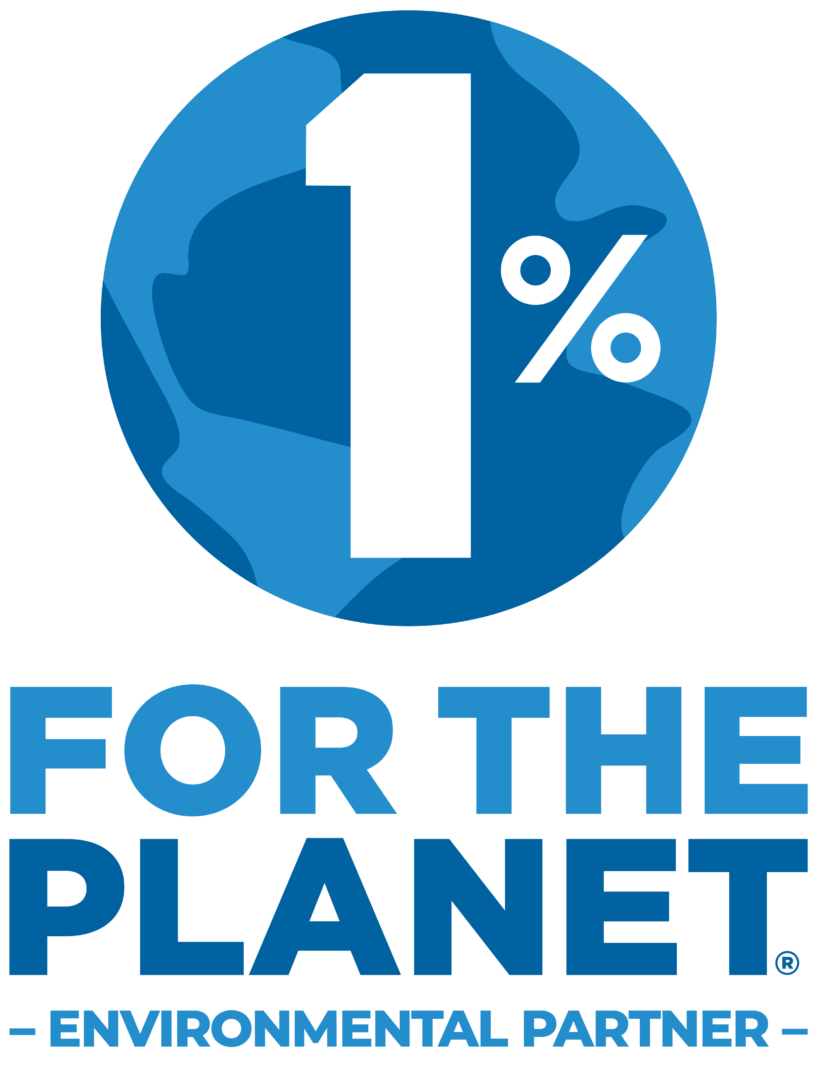A few weeks ago, Plant With Purpose Creative Director Philippe Lazaro took a trip to Colombia with Latin America Program Officer Milmer Martinez. While Colombia is not an active Plant With Purpose program, the trip was a valuable learning opportunity and a chance to explore how environmental restoration intersects with peace building. Here are a few of his thoughts upon return:
“Eight years ago, you wouldn’t be able to come this way at night,” Milmer tells me. “Guerilla would have stopped you and forced you to pay.”
I’m surprised when he tells me the amount they would’ve demanded. Far more than I expected- or than I would be able to come up with. I’m also surprised, because eight years doesn’t seem that long ago, and thus far the evening’s drive has been really nice.
I pointed out that some plant in the surrounding brush smelled a lot like curry. Milmer laughs, being familiar with the smell but having never connected it to curry. We continue onwards towards the municipality of Viotá. The area, 80 kilometers outside of Bogotá was very recently a hotbed for FARC- the antigovernment insurgency that kept Colombia in a state of internal conflict for decades. In the early 2000’s the violence was at its worst, and horror stories were far too common.
Now we’re on our way to meet some people who were at the center of it. Former combatants.
“The people we’ll be talking to tomorrow have killed, sometimes brutally,” Milmer reminds me. “But you’ll see how much things have changed.”
The former combatants now meet alongside one another. Alongside their victims. Alongside the families of their victims. It’s all part of the very difficult process of reconciliation, and I was going to see what that meant in Colombia.

The mountains of Colombia have seen both beauty and horror.
Seeking reconciliation isn’t possible without God.
Really, how do you sit next to somebody who took your brother’s life? How do you listen to their story and prepare yourself to receive them back into your community?
I immediately recall the words of an old pastor of mine who once said that your vision should be so big that you couldn’t accomplish it without God. I think this is what that looks like. Ever since then, I’ve been helplessly attracted to missions that seem almost impossible. Reversing climate change. Ending poverty. Making peace between enemies.
Just to remove any illusions that it’s an easy process, we drive by a marker on the road, signifying the site where guerilla ambushed and killed 22 paramilitary members in retaliation for a government crackdown. Just a half mile down the road was an elementary school.
When the time came for us to start interviewing the former combatants, it was a surprise to me that they were already in the group we had been walking with. Their appearances seemed so- ordinary. In hindsight, I suppose it’s actually unfair to have expected anything else. Those involved in conflict are simply, human, caught up in something horrible.
One of them, Leandro, introduces himself as a perpetrator and a victim as well. There’s something very nuanced about hearing it said that way that makes me think of how connecting with our own brokenness is key to healing with others.

Javier now grows coffee and farms to build a life of peace
Javier plants the seeds for a better future.
“I was sixteen, and working in a plastics lab,” Javier explained “when the group came and took me.”
Javier’s family came to try and negotiate his release, only to be told they no longer had a son.
“For two years, I took my time. I saw others try to escape and get killed in the process. So, I studied everything I could observe. I worked to earn their trust. Day after day, I tried to do tasks to help, usually cooking but sometimes other things.”
I infer from his tone that the ‘other things’ were way more difficult to talk about.
“Then I made my escape.”
Javier left Viotá for years, not returning until the conflict had significantly abated.
After his story, Javier and his wife Josefa treated us to a fantastic lunch and a tour of their farm. They mostly grow coffee, though they have other crops, and we walked by the most impressive taro plant we’d ever seen.
Javier and Leandro and countless others expressed that the conflict emerged out of desperation. Out of wanting the local situation to be different and never seeing any positive change. Out of feeling ignored. Today, efforts to heal the community leave many of these same people more empowered to actually improve lives around them.
Now that the conflict has receded, there is a growing concern that greater human presence may threaten the surrounding forestry. The present moment is a critical one. But local actors are aware of this and are starting to take action and increase awareness of how to work together to protect the land. Few things unite people like a common goal, and protecting the earth is a great one.
It’s hard not to feel somber and discouraged when you hear firsthand accounts of the recent past in Colombia. But having seen what I’ve seen, it’s impossible for me not to feel a sense of hope. The impossible is in progress.
As if to drive home the point, on the way out, we stop at the same elementary school we passed by on the way in. The classroom is packed. The teacher introduces us to the students and they eagerly tell us everything that they do to care for the environment.
Not wasting water.
Throwing away trash in the right place.
Not tossing your gum in the streets.
The future can be so much better.

















